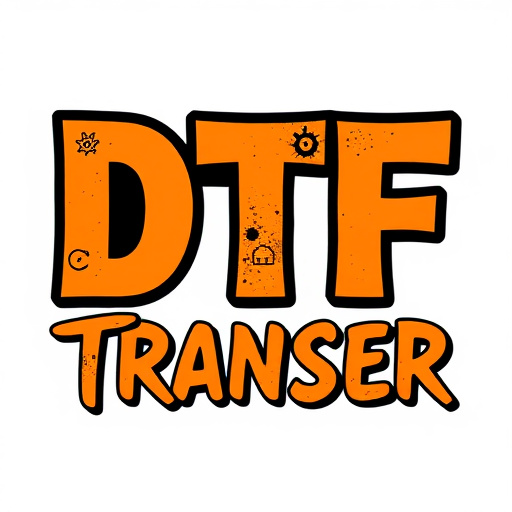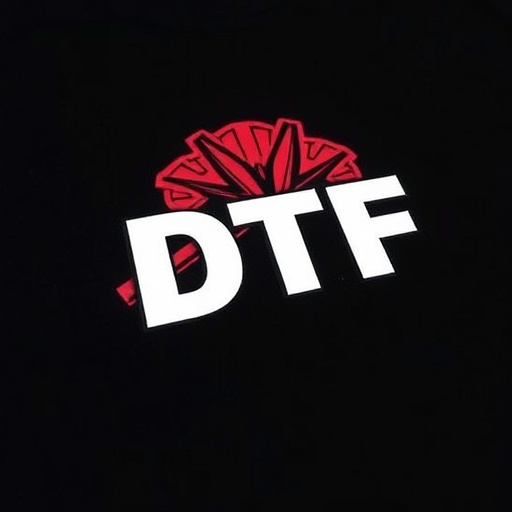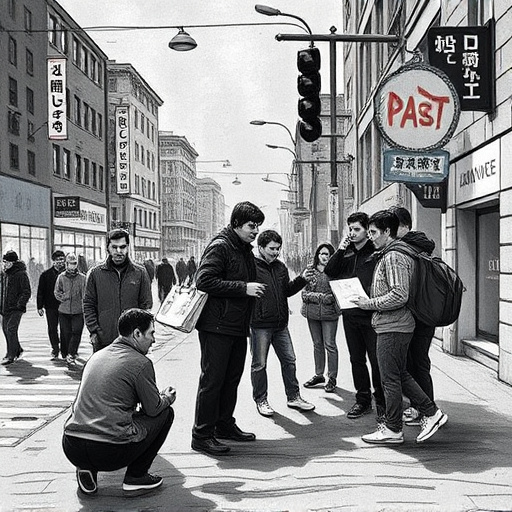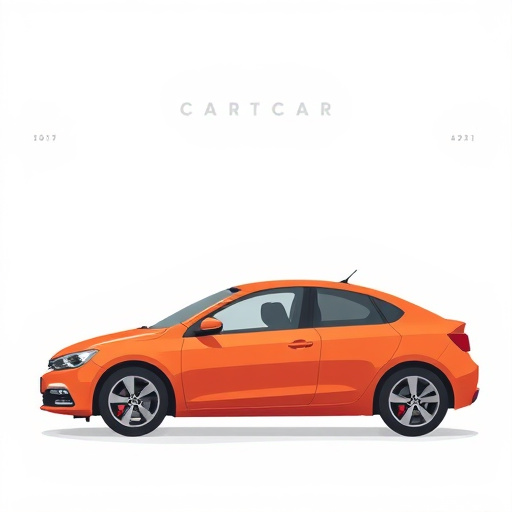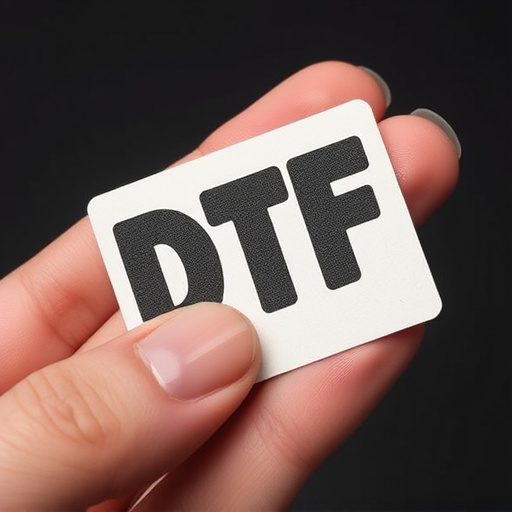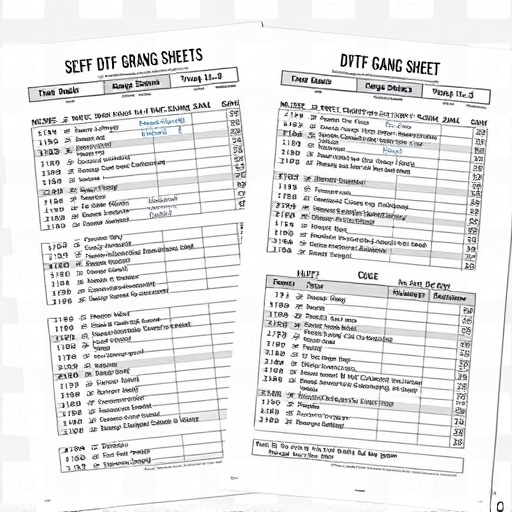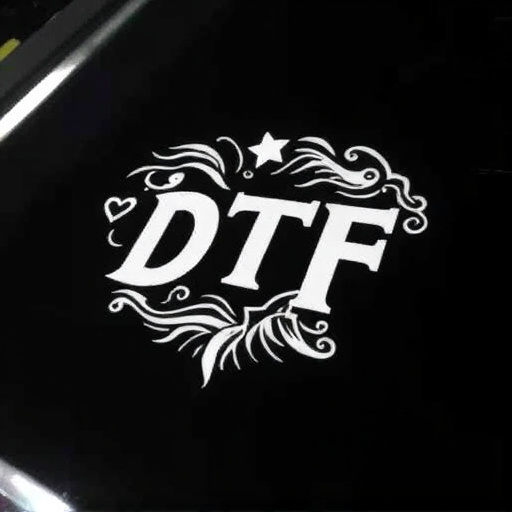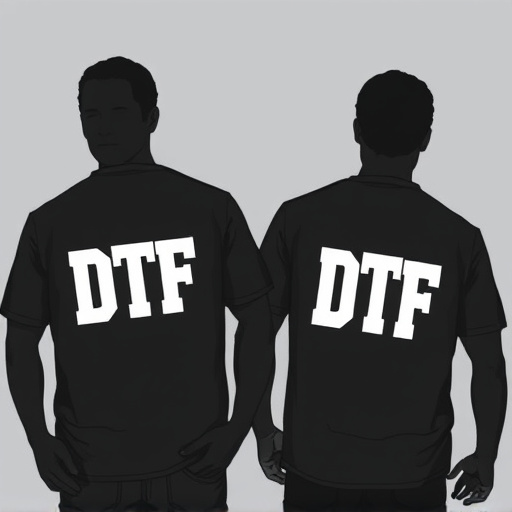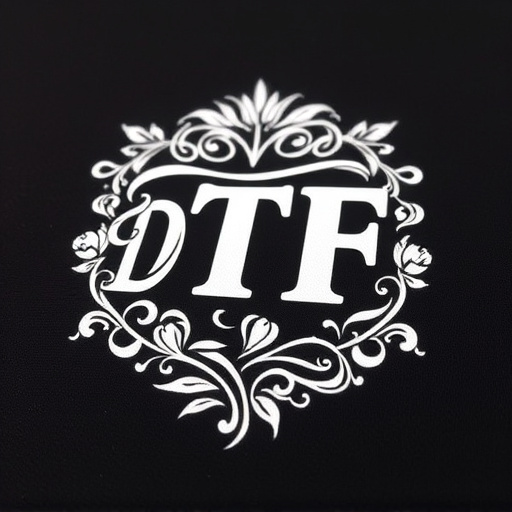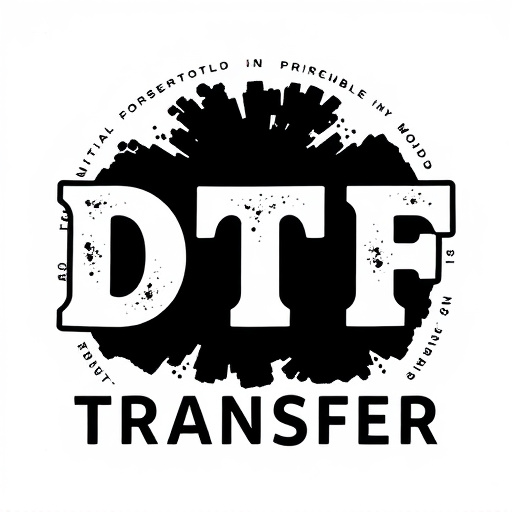DTF T-shirt Printing (Direct-to-Film Transfer) is a modern, high-quality garment decoration method that requires specialized equipment. Key components include a top-tier DTF printer, custom transfer sheets, a cutting plotter, well-lit workspace, and a stock of blank T-shirts. Choosing the right equipment depends on project scale and fabric types, with entry-level systems for small projects and advanced machines for bulk production. Optimal ink adhesion on dark garments requires special settings. Explore DTF Apparel options for precise handling and consistent printing results.
“Unleash your creativity with Direct-To-Fabric (DTF) T-shirt printing, a game-changing technique in the apparel industry. This article guides you through the process and equips you to choose the right equipment for optimal results. From understanding the fundamentals of DTF printing to identifying key components, we demystify the setup process. Additionally, we offer practical tips for selecting equipment tailored to your specific needs, ensuring a seamless and successful T-shirt printing journey.”
- Understanding DTF T-Shirt Printing and its Equipment Requirements
- Key Components for a Successful DTF Printing Setup
- Tips for Selecting the Ideal Equipment for Your Needs
Understanding DTF T-Shirt Printing and its Equipment Requirements
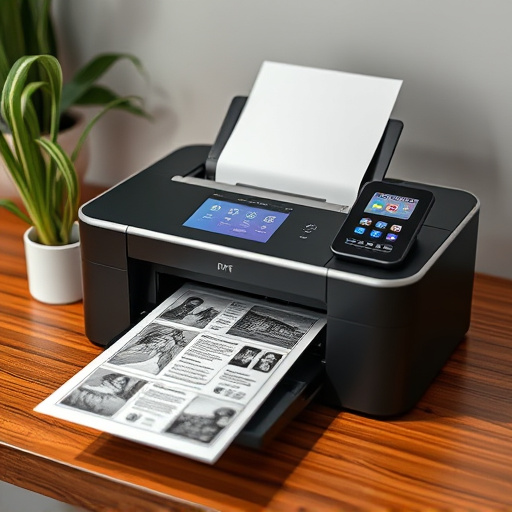
DTF T-shirt Printing, short for Direct-to-Film Transfer, is a cutting-edge method that allows for high-quality printing on various garments. This technique involves transferring ink directly from a film to the fabric using heat and pressure. Understanding DTF requires knowledge of specific equipment tailored to this process. The core components include a reliable DTF printer, custom sheets designed for heat pressing designs onto garments, and precision tools to ensure accurate transfers.
Choosing the right equipment is crucial for achieving exceptional results in DTF T-shirt Printing. A best-in-class DTF printer offers precise ink placement and swift drying times, enhancing efficiency. Custom sheets play a vital role by providing a smooth surface for ink adhesion, guaranteeing crisp designs that withstand washing. Together, these elements enable the creation of personalized hoodies, T-shirts, and other apparel with intricate, indelible prints, making DTF Printing a preferred method for those seeking both quality and customization in their garment production.
Key Components for a Successful DTF Printing Setup
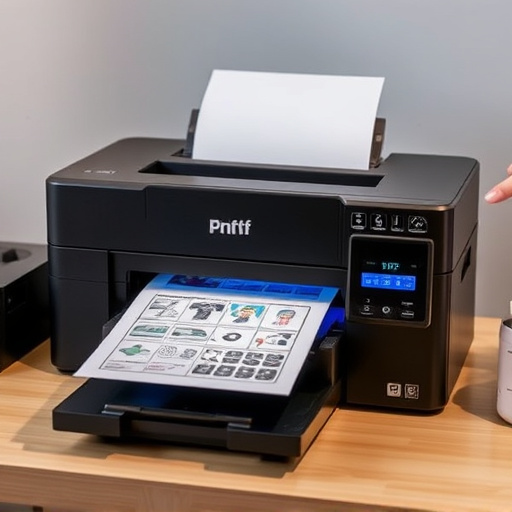
For a successful DTF (Direct-To-Film) T-shirt printing setup, several key components are essential. Firstly, invest in a high-quality direct to film printer that’s designed specifically for this technique. These printers use inkjet technology to apply designs directly onto transfer films, ensuring precise and vibrant prints. Alongside the printer, you’ll need a variety of DTF transfer films suitable for different fabric types and finish levels. The right film ensures optimal print adhesion and color accuracy.
Complementing these core elements is a robust cutting plotter to precisely trim the printed transfers and a clean, flat workspace equipped with proper lighting and ventilation. Additionally, consider having on hand a selection of blank T-shirts in various styles and colors to test prints and fine-tune your setup. These foundational tools enable you to consistently produce high-quality DTF T-shirt prints, catering to diverse client needs and creative visions.
Tips for Selecting the Ideal Equipment for Your Needs
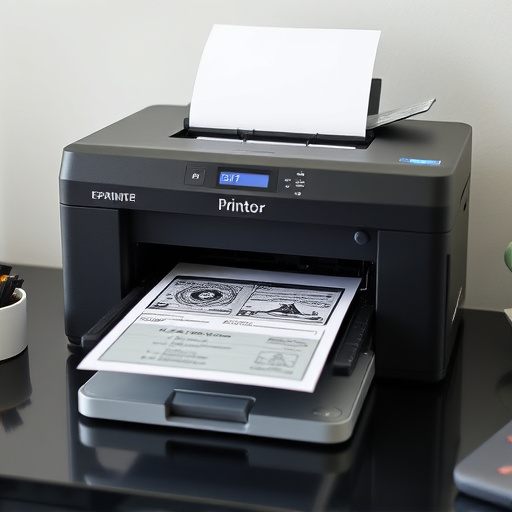
When selecting equipment for DTF (Direct to Fabric) T-shirt printing, it’s crucial to align your choices with your specific needs and production goals. Start by assessing your intended output volume. For smaller-scale projects or personal use, an entry-level system might suffice, offering ease of use and basic features. However, if you’re planning bulk DTF shirt production, invest in more advanced machines designed for speed and efficiency to meet high-volume demands without compromising quality.
Consider the types of fabrics you’ll be printing on, especially when targeting dark garments. DTF printing for dark fabrics requires special consideration due to ink adhesion challenges. Look for printers with optimized settings for darker materials to ensure vibrant, lasting prints. Additionally, explore options tailored for apparel production, known as DTF for Apparel, which often incorporate advanced features for precision and consistency in fabric handling and printing outcomes.
When setting up a DTF T-shirt printing business, investing in the right equipment is key to achieving high-quality results. By understanding your specific needs and considering the essential components outlined in this article, you can make informed decisions when selecting your DTF printing setup. Remember, the ideal equipment will not only streamline your process but also enhance creativity and ensure satisfied customers.
